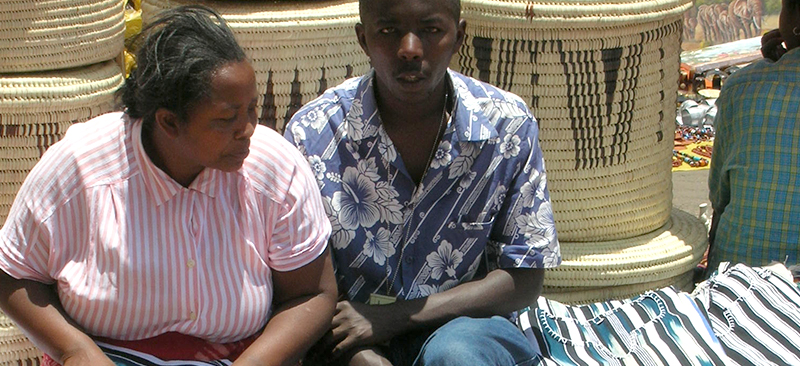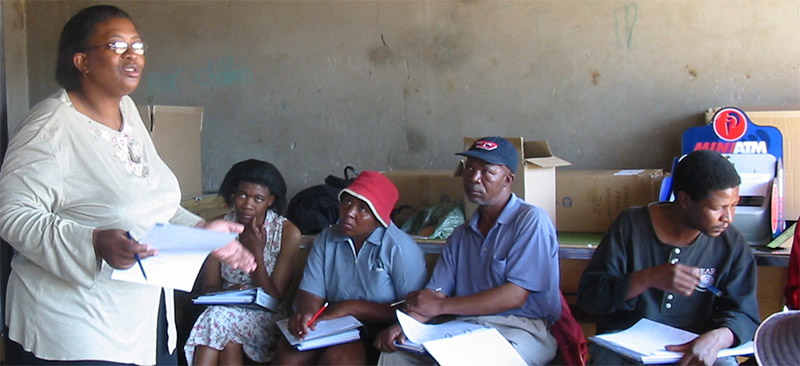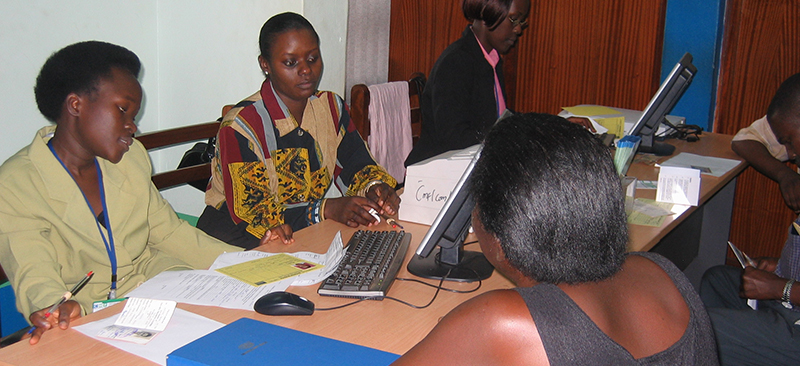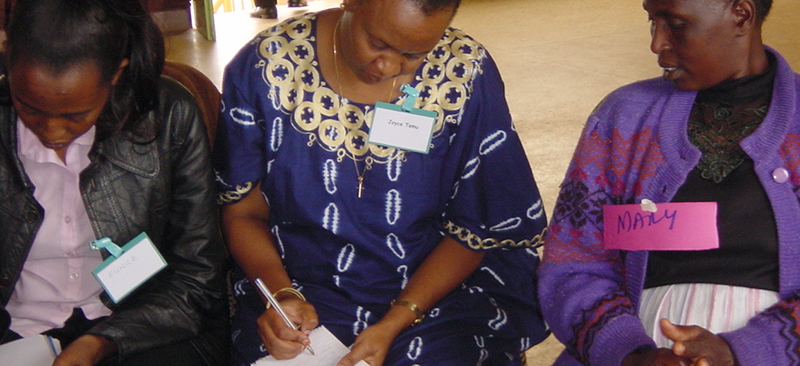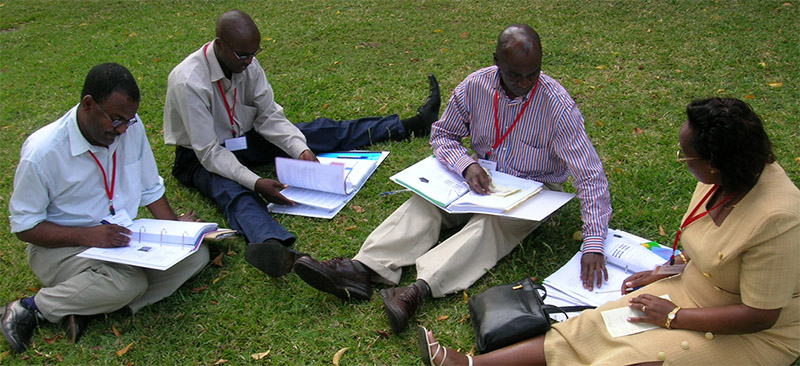This note summarises the findings of a study based on a time series analysis of “MFI Use over Time” tool to examine carefully selected clients’ use of financial services over a twelve-year period. It also encapsulates the findings relating to preferences of clients for different types of institutions, products and services delivery related issues, customer care and staff behaviour. The study further dwells into the issues related to speed of services, security for hard earned money of the clients and collateral required in accessing these services.
Blog
Lessons from MicroSave’s Action Research Programme (2002)
This note documents the lessons learned in 2002 under the Action Research Programme of MicroSave. Evoking thoughts on market led microfinance, the note focuses on responsiveness towards clients concerns as a key to profitability. It also discusses the importance of strategic marketing, corporate branding, marketing audits, proactive risk analysis and management, and organising rolling out of products. The note recommends the MFIs to learn from the formal financial sector, build a strong management team, testing the product with existing MIS before its roll out, good product costing, strong financial projections, and developing strategic collaborations to improve efficiency in serving the clients.
Market Research and Client-Responsive Product Development
This paper describes the need for client responsive products and a step-by-step process for product development, together with the tools currently available for those interested in rising to the challenge.
Lessons from Pilot Testing Financial Services – The Experience of MicroSave
This note presents key lessons learned from MicroSave’s work with its Action Research Partners (ARPs) on pilot testing new financial services. It also identifies key factors that lead to successful pilot testing such as detailed understanding of customer needs and creation of well-defined products that meet those needs. Moreover, it presents key lessons learned in all the ten aspects of pilot testing. The note also ascertains three major questions—What impact has pilot testing had on the Action Research Partners? Should we always pilot test new products? Should we always pilot test new products?—which are frequently asked before pilot testing.
Lessons from MicroSave’s Action Research Programme (2003)
This report summarizes lessons learned from MicroSave‘s Action research Program. The key lessons learned are:
- Unplanned explosive growth in response to customers’ needs can be fatal to the organization. Rapid induction of new staff can undermine internal control. Cramped office space would undermine productivity;
- The rapid expansion that is characteristic of market-led growth is often difficult to finance because each new branch would require funds to hire staff, expand the loan portfolio, etc. and that could be difficult;
- Preparing for market-led growth by ensuring that policies, procedures and management systems are in place, is very essential;
- In responding to challenges, prioritizing, sequencing and communicating change is of great importance;
- Information systems, procedures and templates can partially automate the management of growth. Networked information systems can facilitate more transactions, installation of automated teller machines (ATMs) would decrease costs and make the service more accessible;
- Successfully pilot-tested financial services can be quickly rolled out using a standardized approach;
- Continuous improvement of processes and systems is essential to deliver market-led financial services and control risks surrounding growth;
- Proper internal and external communication is very important. Poor communication could result in misunderstandings between the management and staff, and between the institution and its customers;
- ‘Word of mouth’ marketing is very effective. Financial services have to be carefully communicated to the intended customers and feedback about the product should be taken from them;
- Good customer service is essential.
Market Orientation As The Key To Deep Outreach
This note lays emphasis on market orientation among MFIs to scale up their operations. It argues that MFIs lack market orientation, which often results in client dropout (and also because of MFIs possessing product orientation). It further explores three stages in research on market orientation conducted by various academics. The first stage sought to define market orientation and consists of an organisational culture and a set of functional activities aimed principally at creating customer values. The second stage of research focuses on identifying determinants of market orientation. The third stage sought to consolidate and generalise extant learning and to test empirically the actual antecedents of market orientation and the relationship between market orientation and institutional performance. The notes lists out five rules of thumb can help guide the transition to market orientation for MFIs.
